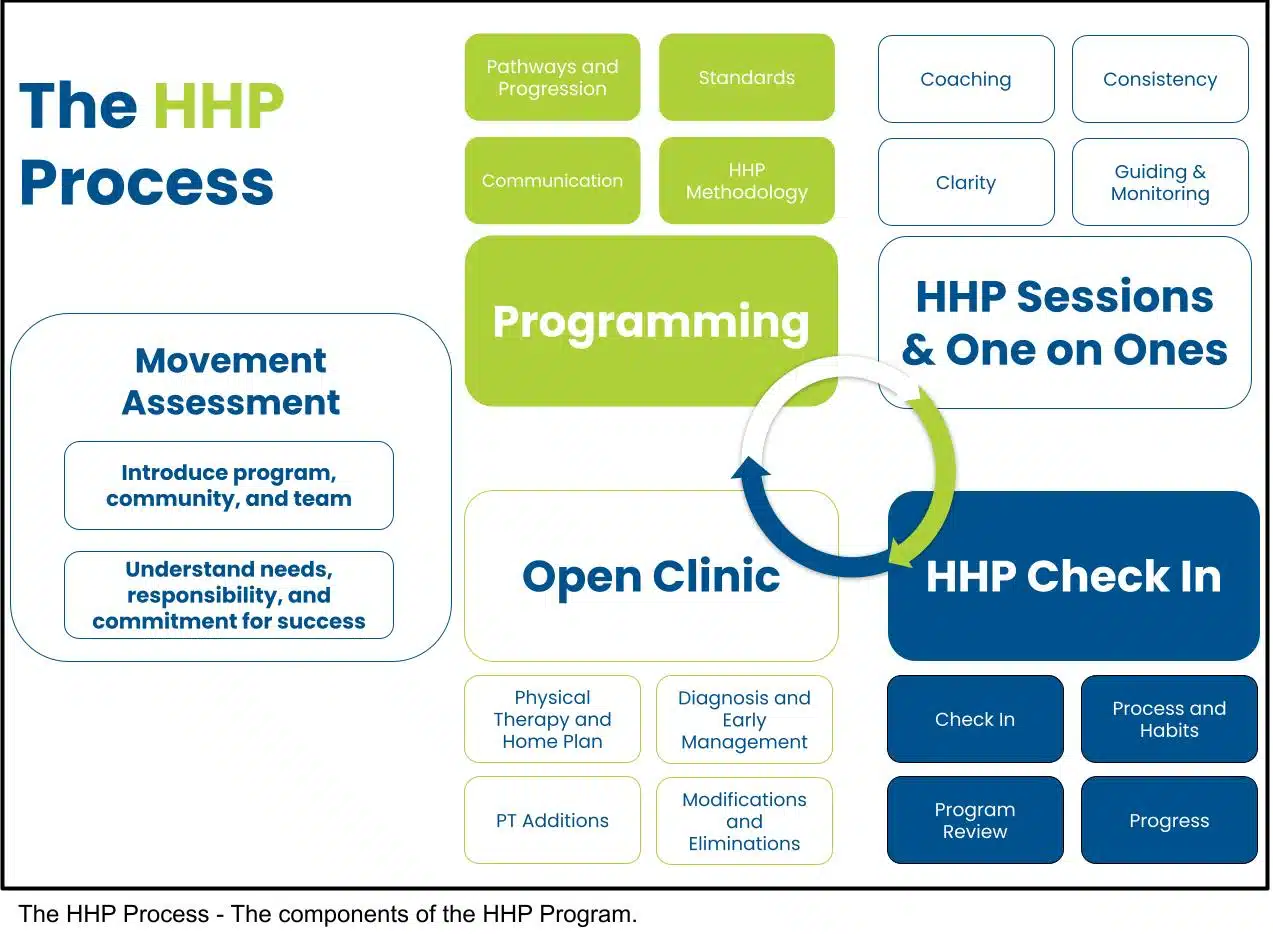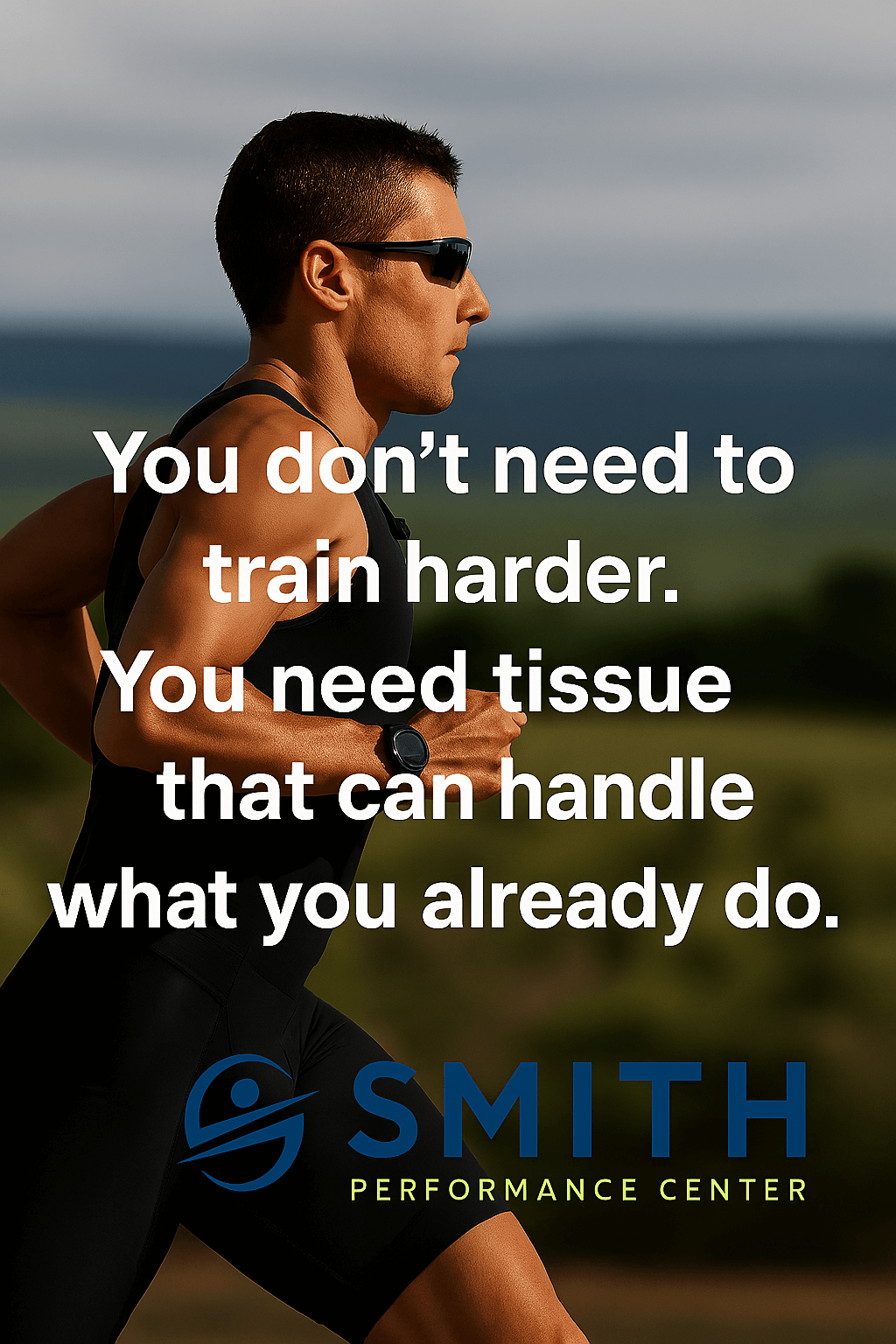How SPC Teaches the Basics of Movement
At Smith Performance Center, we believe in lifelong movement. Our goal is to keep you moving and progressing through all stages of life. Whether you are looking to increase your performance in sport or improve your quality of life, learning proper movement mechanics is crucial.
We separate movements into six basic categories: Squat, Hinge, Split Legged, Upper Push, Upper Pull, and Core. Below you can see some examples of each of these exercises. By learning these basic cues, you can apply the principles to other exercises of the same category.
Feel free to reach out if you have questions or comments. Hopefully, you find it helpful.
Squat
The Basics of Squatting
Hinge
How to hinge with deadlift
Upper Push
Upper Body Press
Core
Setting the Core
Rehab and PT Additions
Physical Therapy Exercises
Partner and Self Traction
Bracing, Taping, and Training Aids







